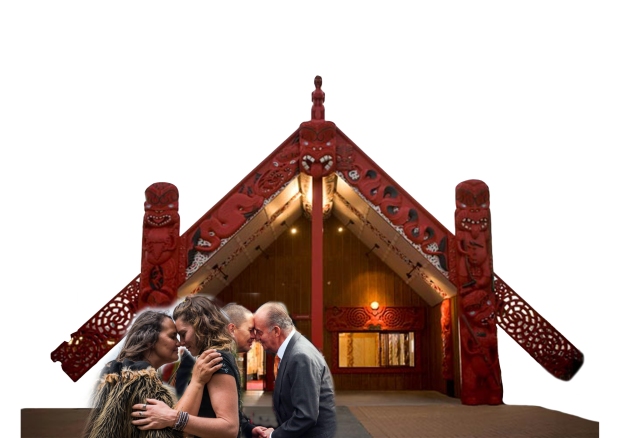1. In each of your assignments for Studio this year you made work that responded to a concept integral to the pōwhiri process – Mihimihi, Tūrangawaewae, Atea, and Hākari. Define the concept that corresponds with the project you feel was the best thing you made in Studio all year. (25 words)
Tūrangawaewae means standing, a place where one has the right to stand (Māori Dictionary). I believe that in correspondence to the meaning of Tūrangawaewae, this was the best project as I believe I felt quite a connection to the memory I have and the place where it happened, creating the place where I created my right to stand there.
2. Discuss the work you made: describe its physical attributes, the concept/s behind it, and the wider context in which you made it. (100 words)
The physical attributes around the work was inspired by a photography event I attended in Queenstown. Here I wanted to look into the relationship between the body and the camera itself. Here I looked into ways of how the camera was held in the hand and ways of making this more comfortable. Here I was able to design a product that fit onto your hand nicely and be able to change the focus and move the camera lens.
3. Erna Stachl discusses decolonisation and Mana Wahine in her lecture. How did you consider gender and/or indigeneity and/or the intersections between the two in your work? Why should you be thinking about this at all? Use key ideas in the lecture and the texts by Ani Mikaere and Linda Tuhiwai-Smith to support your argument. (75 words)
When creating this art piece, I didn’t feel I really needed to take gender into account because I felt that it could be used across both genders equally. As for indigeneity, this was something that didn’t cross my mind either. If I was thinking about creating an intersection between the two, I would look into the way that imported ideologies could effect my design and how I could change these ideologies. With Erna talking about imported ideologies or western perceptions, I would like to see whether my design cold change this for a more positive outcome.
Text Referenced:
(Www.vo2.co.nz. “MāoriDictionary.” Tūrangawaewae. N.p., n.d. Web. 15 Oct. 2016.)
(Stachl, Erna. “Week 11: Looking at Mana Wahine and Decolonisation.” Lecture 11 – Looking at Mana Wahine and Decolonisation – Erna Stachl. Massey University, Wellington. 14 Oct. 2016. Lecture.)










